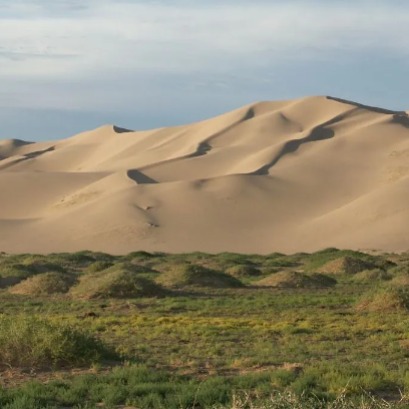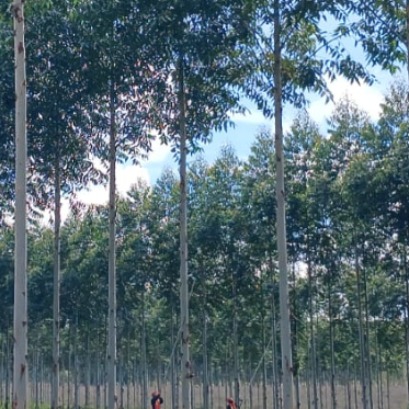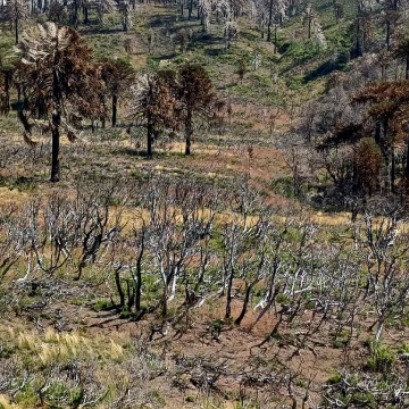
A forest is consuming one of the worlds largest deserts
The region of northern China has been affected by droughts and the advance of the desert, before this, an artificial forest glimpses as a solution
Deserts are the opposite of forests. These are vast extensions of earth characterized by its low precipitation and extreme climatic conditions. There are several in the world, which are known for their aridity and extreme temperatures. Today something unusual happens in China. With the objective of curbing the desertification that threatens northern China and affects more than 400 million people, the Asian country prepared to create a wall of 4,500 kilometers of trees. We tell you how an artificial forest is impacting the Gobi desert. A forest consumes one of the largest deserts in Gobis desert is located between northern China and southern Mongolia, in East Asia. It is one of the most extensive deserts in the world and houses various landscapes, from reddish sands and bare rocks to steppe areas. Gobis desert is also recognized by the large number of archaeological and paleontological findings. According to the specialized DW site to stop desertification, China began with a plan in the 70s. Peasants, scientists, government workers and volunteers joined together in a common cause: converting the desert into forest. It was a green belt of about 4,000 kilometers that allowed partially isolating the desert to recover just over 5 million hectares. Thus began the largest reforestation initiative in the world, which is expected to continue until 2050.The Great Green Wall in the Gobiel Government of China is very optimistic with the results of this long -term process. So far thousands of dunes have stabilized that were in motion in full desert. Likewise, the artificial forest stopped the sand storms throughout the country, was reduced by a fifth between 2009 and 2014. The number of trees planted in the desert is around 66,000, mainly of the Enterolobium cyclocarpum species and others of the Fabáceas family, given their adaptability to these lands. According to researchers, the reforestation project has created an important carbon sink that is capable of absorbing 5% of total industrial emissions.
IT MAY INTEREST YOU
 Paraguay | The plantations became instruments of territorial development and the generation of decent employment, INFONA highlights.
Paraguay | The plantations became instruments of territorial development and the generation of decent employment, INFONA highlights.
Plantings in different phases, control of ants and weeds, pruning and thinning, mechanized harvest, technology applied to the field and complete integration of the production cycle were part of the CREA Forestal proposal in its Technical Update Conference – JAT Forestal 2025. The event took place on Friday, November 14, at Estancia Ñemity, located in San Juan Nepomuceno, Caazapá, where agricultural producers, technicians, contractors, students and companies in the sector met to observe the forestry business of the future in action.
 Botanists discover giant trees up to 3,��� years old in Tanzania, unknown until now by science
Botanists discover giant trees up to 3,��� years old in Tanzania, unknown until now by science
Scientists have identified a new species of giant tree, Tessmannia princeps, in the Udzungwa Mountains. This species had never before been recorded by science.
 Specialists from 10 provinces develop forest landscape restoration strategies throughout the country
Specialists from 10 provinces develop forest landscape restoration strategies throughout the country
The program is developed by researchers from INTA, Conicet and the Argentine Wildlife Foundation.





















